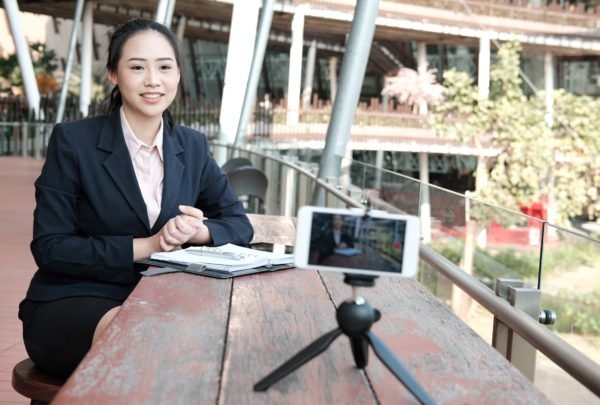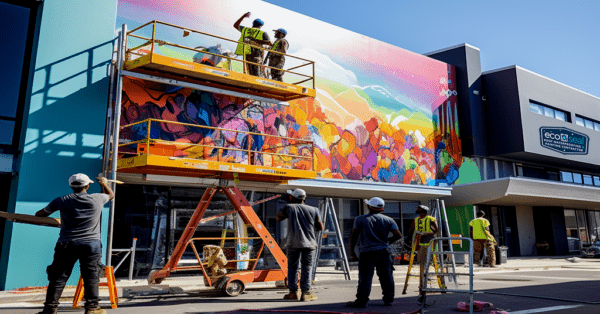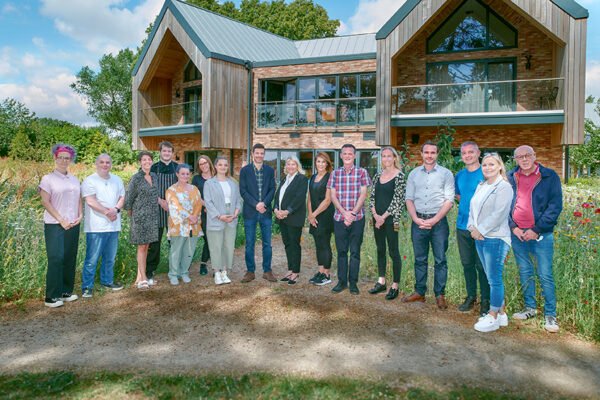
How to Engage Others: The Art of Effective Online Communication

In the current environment huge numbers of us have been compelled to revise the way we work and move our meetings, coaching, mentoring, teaching or presentations to an online setting. I am one such person and have learned some valuable lessons as I have conducted meetings and coaching online. In this offering, I will share things I have learned to help you make your online communications more impactful.
Video-Making Tips
Once you are ready to communicate on a more formal level, perhaps for a presentation or professional conversation, there are some simple strategies to ensure that your video is of the best possible quality to serve as an effective vehicle for your message.
With his permission, I refer to Haydn Rushworth – Senior Research and Communications Officer at the National Assembly for Wales – and a superb video he recently posted on LinkedIn. In it, he shares, then demonstrates, simple but effective tips for producing better video from any device:
Don’t stand or sit with a window behind you – you quickly turn into a silhouette. Facing a window or source of natural light gives much better lighting for your videos.
Wherever possible, find a quiet place – background noise can be incredibly distracting for you and those you communicate with.
Use a tripod, wall or lean your device against a steady object to ensure the video is smooth – keeping a steady shot allows you to more readily replicate a face-to-face conversation and ensure people maintain focus on you.
Look at the lens, not the screen – more on this later.
Ensure you are in focus – this can be done on most smartphones by simply tapping the screen and ensuring the lighting is adequate.
Choose a flattering camera angle – ensure the device is at least at eye level – nobody wants to see up your nostrils.
Film in landscape (horizontal) mode where applicable – the video is then easier to post and view across multiple platforms.
Communication Strategies
Once I adopted online communication, I quickly discovered several strategies that have served me well as a professional speaker are equally vital when communicating via technology:
Eye contact – this should be maintained 30% of the time for a conversation to be deemed fit for purpose. To establish and maintain relationships of trust and respect, this rises to between 60% and 70%.
In online communication, it is incredibly tempting to look at the face on screen for much of the time, thinking you are making eye contact. You are not. Eye contact is made by looking at the camera lens. Stick a Post-It Note or arrow near the lens as a reminder that when you speak, this is where you should look. It takes practice, but it will pay dividends as viewers will feel more involved in the experience.
Vocal variety – when you give a stand-up presentation, people can see your entire person and can therefore read facial expression, body language and gesture. Speaking on camera limits this, which places more emphasis on the voice. Varying pitch, pace and volume can help you tell your story with greater authenticity and emphasise key points with greater authority. It will require an investment of energy and commitment, but your voice will need to compensate for these other aspects of communication that are hindered by the limitations of online platforms. If you are delighted, sound delighted. If you are concerned, sound concerned. This will make it much easier for participants to correctly interpret your intended message.
Speaking from the heart – I am reading a book a friend gave me recently: ‘Storytelling Made Easy’ by Michael Hauge. I highly recommend it. All meaningful communication elicits emotion and our stories are one of the most effective ways to achieve this.
In these difficult times, an authentic personal story can bond individuals and unite communities.
Improving the Experience
Communication is highly nuanced. When we speak in person, it is much easier to read facial expressions, observe gestures, detect body language and discern variations in vocal tone. All of these combine to give us a clearer a picture of precisely what is being said from how it is being said.
Online communication can present barriers to detecting some of these nuances. Poor video quality may obscure facial expression, intermittent audio reception may betray the subtle variations of the voice and restrictive camera angles may hide the true meaning of body language or gestures.
Though it may require a financial investment, HD webcam, good pair of over-ear headphones and USB microphone are three pieces of equipment that have notably improved my online communication experience: I can see more clearly, hear more clearly and speak more clearly. My hands are also free to use appropriate accompanying gestures, not being encumbered with wires or handheld equipment.
I hope you have found this useful and it will help to communicate clearly and powerfully online.
ABOUT THE AUTHOR:

Simon Day is a member of Toastmasters International, a not-for-profit organisation that has provided communication and leadership skills since 1924 through a worldwide network of clubs. There are more than 400 clubs and 10,000 members in the UK and Ireland. Members follow a structured educational programme to gain skills and confidence in public and impromptu speaking, chairing meetings and time management. To find your nearest club, visit www.toastmasters.org















































